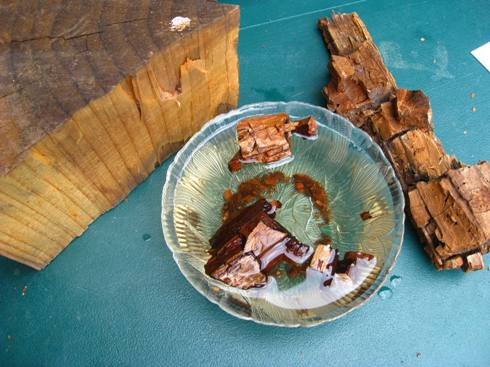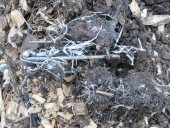









The stumppot on the left has done the best, no wilt (see vertical hugelkultur post). This is very exciting and unexpected result, for me. I definitely thought limiting so severely the amount of soil in the stumppot would have stunted the eggplant. Just the opposite, it is the biggest I've grown. And it has never wilted, not once.
QuickBooks set up and Bookkeeping for Small Businesses and Farms - jocelyncampbell.com










QuickBooks set up and Bookkeeping for Small Businesses and Farms - jocelyncampbell.com















QuickBooks set up and Bookkeeping for Small Businesses and Farms - jocelyncampbell.com





|
Looky! I'm being abducted by space aliens! Me and this tiny ad!
Homestead Pigs Course
https://permies.com/wiki/365748/Homestead-Pigs
|

